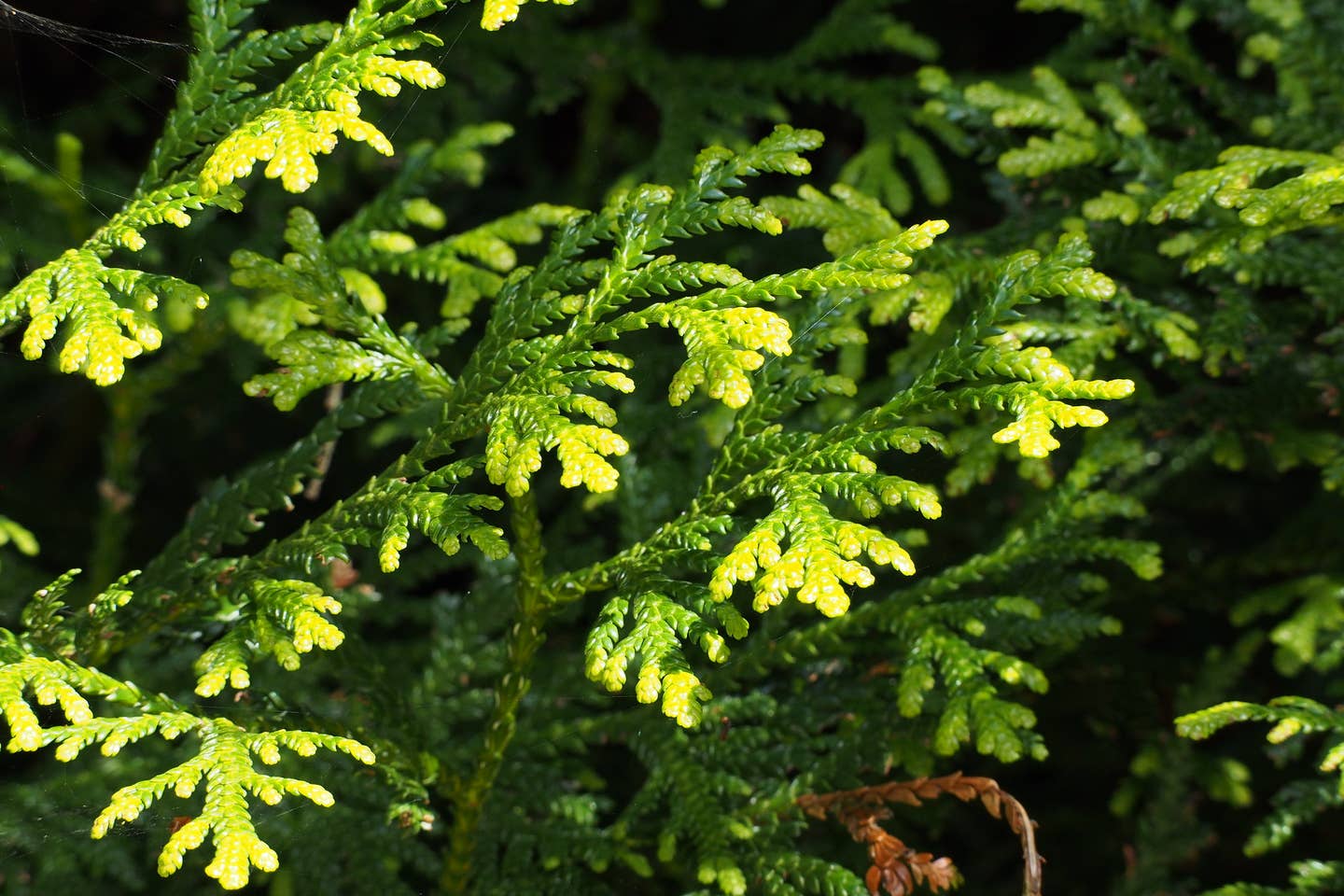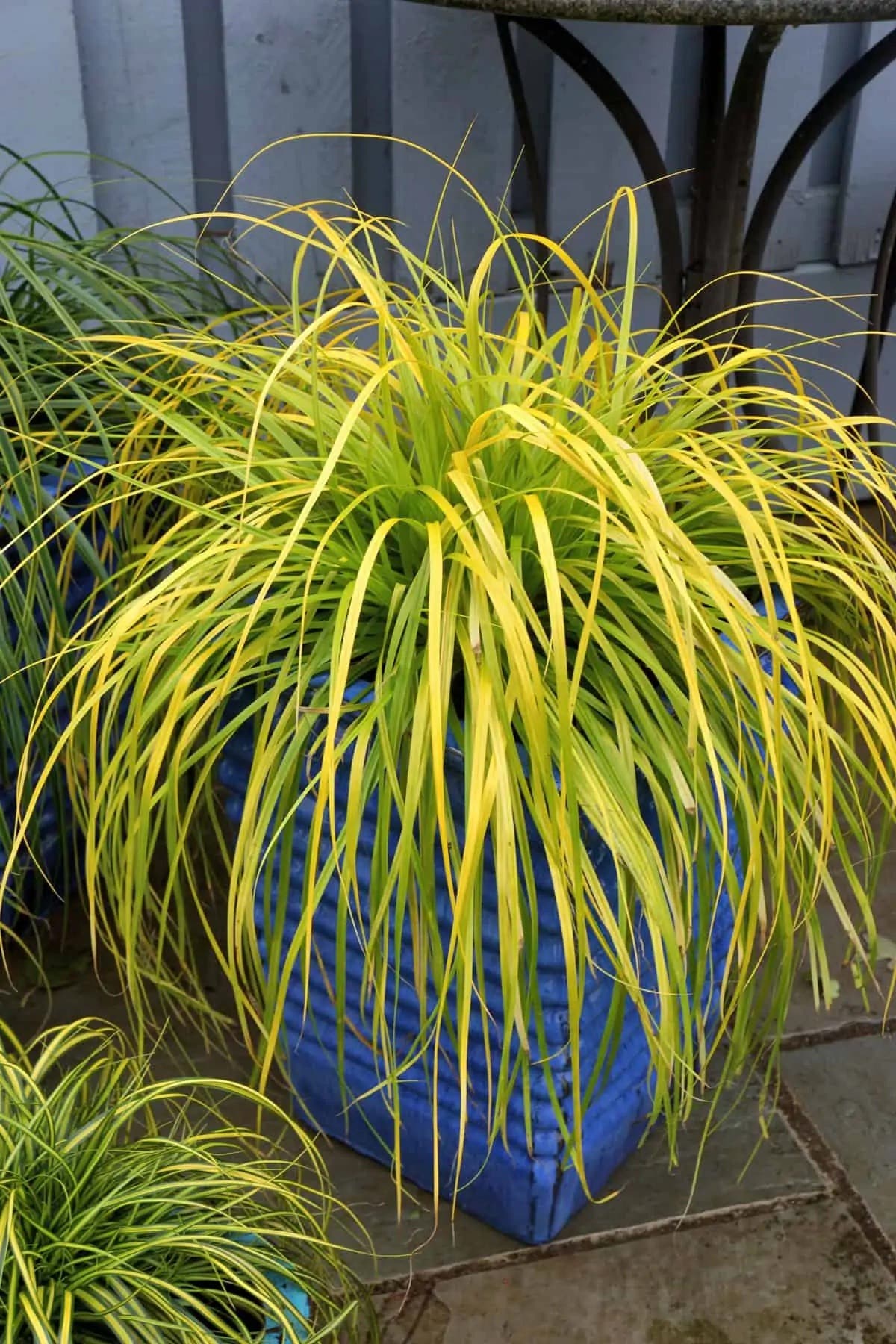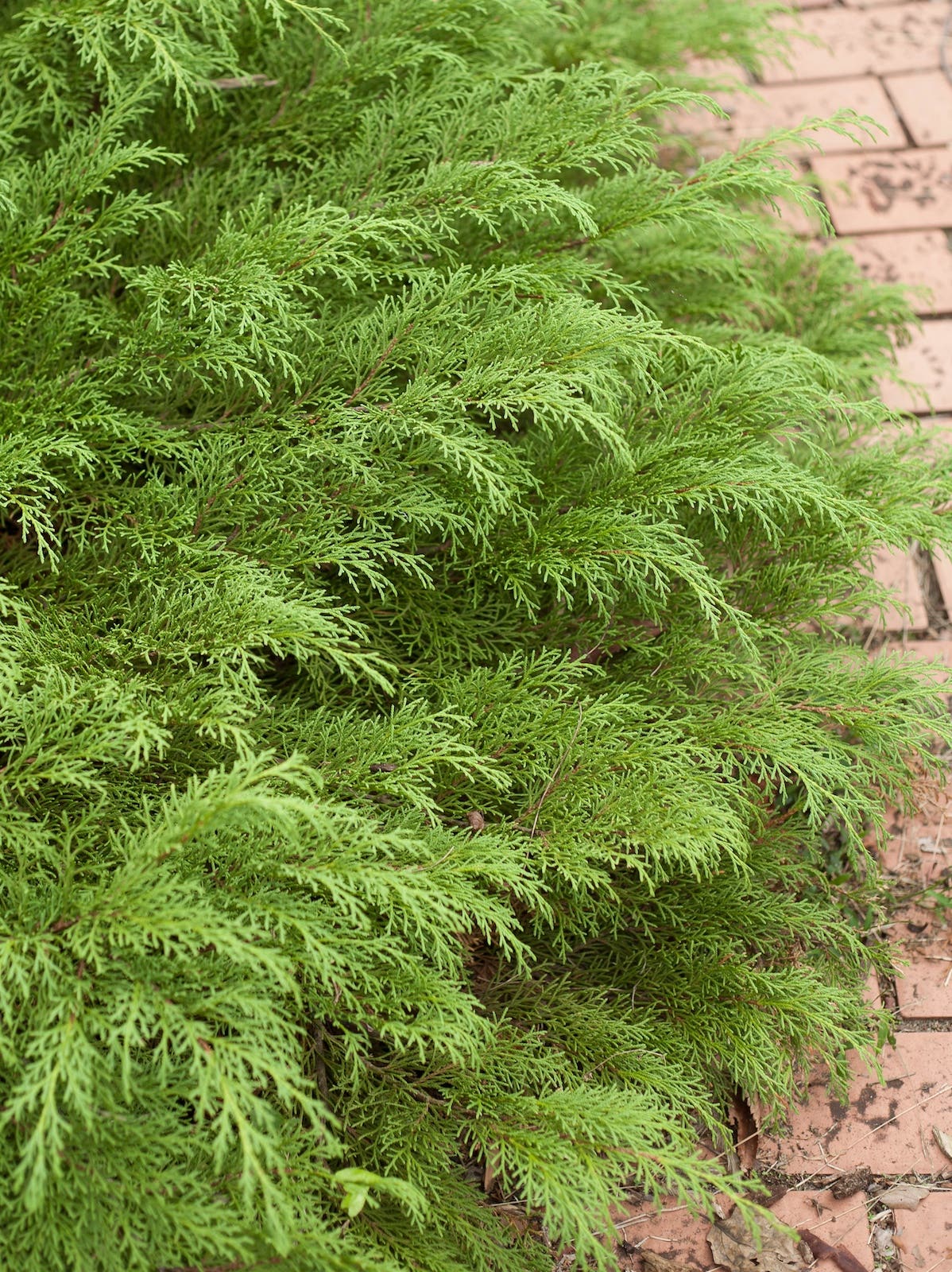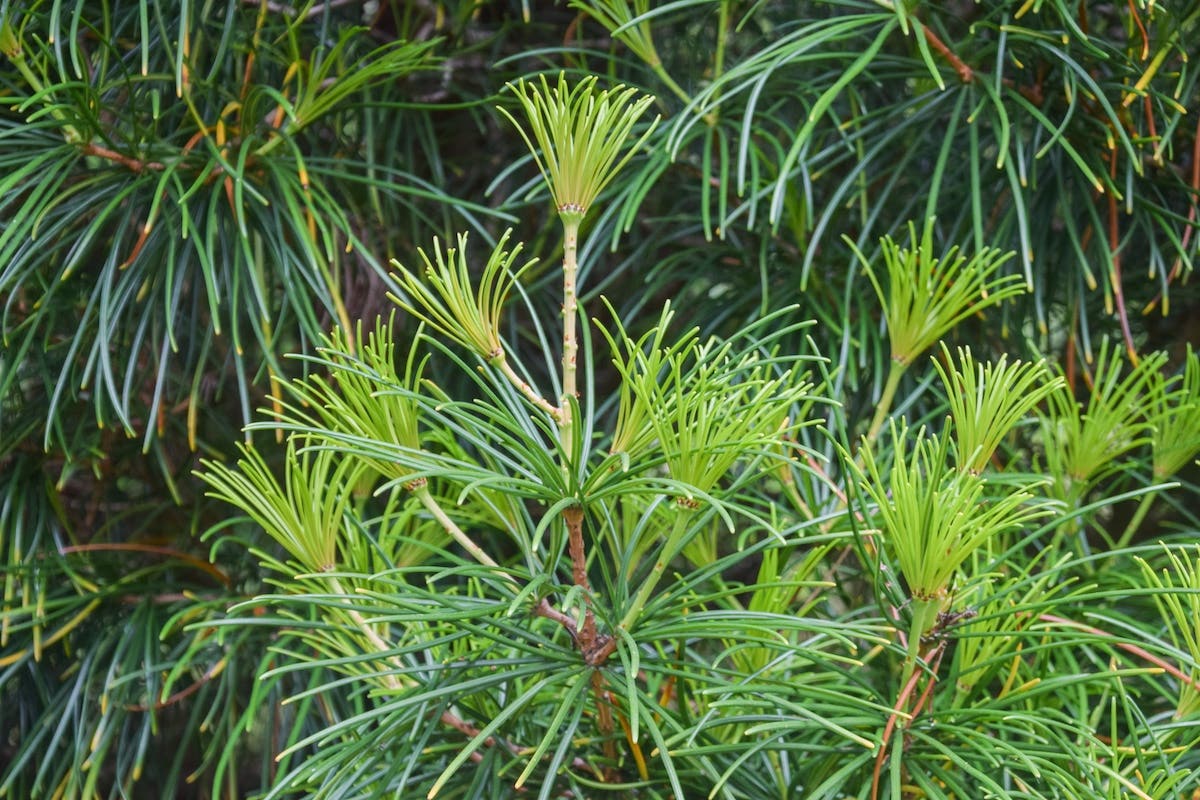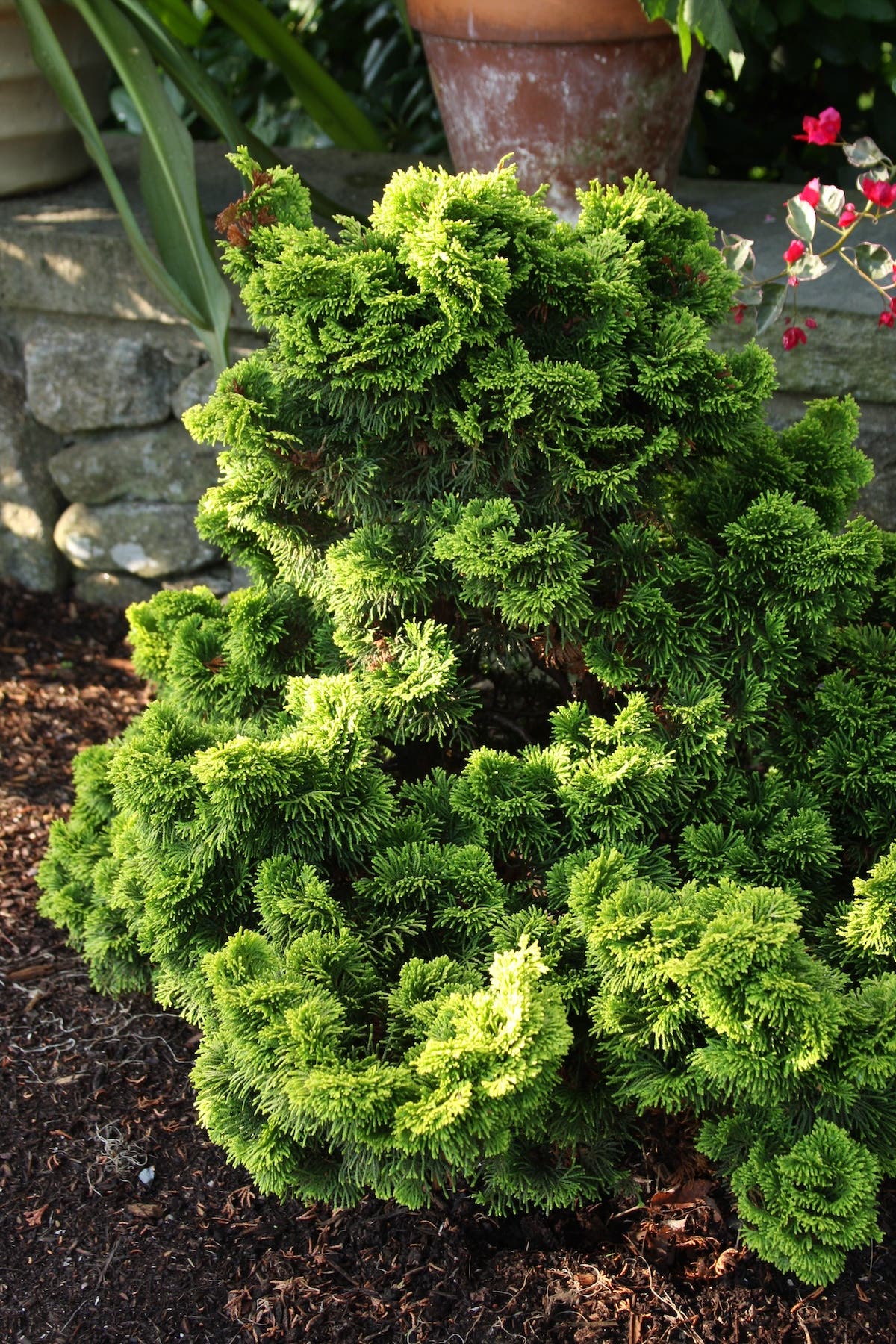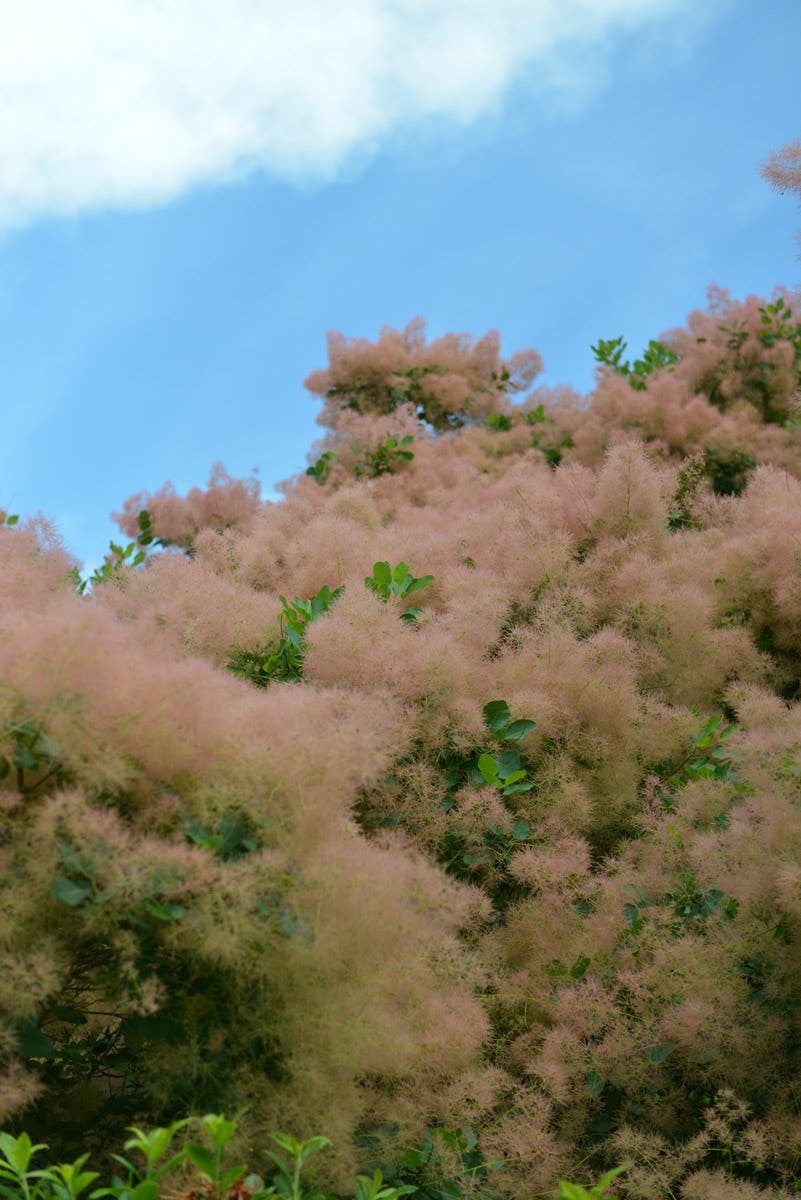A Man Obsessed with Alliums
If he wanted to, Mark Mcdonough could fashion a soup a l’oignon with a most exalted pedigree. It might contain rare onions from almost every part of the Northern Hemisphere-from Turkey, China, Tajikistan, Norway, Israel, or various regions of this country. McDonough has grown well over a hundred different Allium species, so the possibilities for culinary exploration are huge…
"The Onion Man"
His Fascination
Unusual and New Alliums
If he wanted to, Mark Mcdonough could fashion a soup a l'oignon with a most exalted pedigree. It might contain rare onions from almost every part of the Northern Hemisphere-from Turkey, China, Tajikistan, Norway, Israel, or various regions of this country. McDonough has grown well over a hundred different Allium species, so the possibilities for culinary exploration are huge. I asked him if he ever sampled what he grows, and he said he sometimes uses exotic chives-Allium schoenoprasum, a plant native to Crete and a few islands off Sweden and Finland-when making omelets. The effort was lost on his family.
McDonough doesn't really much care about the gourmet aspects of onions. What interests him are their ornamental qualities. He has spent more than 30 years growing and selecting alliums in hopes of extending their blooming season and finding new colors and more exciting foliage. He has grown tens of thousands of plants and named numerous hybrids with flowers that bloom for long stretches from summer into late fall, looking like miniature starbursts exploding in vibrant shades of rose, salmon, cinnamon, peach, and chartreuse.
His Fascination
Slightly north of 50, with a neatly trimmed beard and closely cropped hair, McDonough, an architect, speaks in moderate tones, making his observations with precision and offering asides with a gentle humor. A lifelong gardener, his fascination with ornamental onions started one summer during high school. "I used to pass by this particular nursery that had fields of perennials, and I saw these little grassy clumps just covered with purple flowers," he recalls. The plant was Allium farreri, which he describes as "very, very common." But it did the trick. "It set me looking for more."
Over time his investigations took on the attitude and dimension more of a scientific quest than of a passing curiosity. McDonough gradually educated himself in the science of alliums. He scoured the proceedings of conferences around the world. He studied microfiche and printed, then annotated, articles on the minutiae of allium taxonomy. He began to compile his own lists of species within this ever-morphing genus and published his findings on a Web site,
The genus Allium is vast-with perhaps as many as 850 species. In addition to the familiar culinary onion, A. cepa, it includes such edible plants as garlic, leeks, shallots, and chives. Except for one or two possible interlopers all alliums come from the Northern Hemisphere, but they are spread far and wide over the top half of the globe, from tropical climes to alpine environments and deserts. North America is home to more than 130 species. Alliums divide roughly into two categories: true bulbous forms such as 'Globemaster' and 'Purple Sensation', which bloom in early summer then go essentially dormant, and rhizomatous forms (technically still bulbous), which generally bloom in summer and autumn and have foliage that is grassy or strappy and remains handsome throughout the gardening year.
Unusual and New Alliums
I have grown a number of the regularly offered bulbous alliums that bloom in early summer, spicing up plantings of peonies, geraniums, achilleas, and the like. With my allium season long since over, I was unprepared to find McDonough's garden full of flowers in July, with many plants yet to bloom and all the foliage fresh and vigorous. The main allium bed, roughly 60 feet by 80 feet, sits on a sloping site in rolling hills an hour or so west of Boston (USDA Zone 5) and has alliums blooming in it from March to November, occasionally December. McDonough estimates that about 60 percent of alliums flower in summer and fall. Individual plants bloom for four to six weeks, some, as long as two months.
New alliums show up in his garden all the time. Most species will, as he says, "interbreed with great abandon." In addition to crosses between species, crosses within a species frequently occur. So a patch of the native nodding onion, A. cernuum, displays a wide range of flower colors, from deep rose and purple to cream and white, as well as different heights. Leaves are likewise variable, with more or less glaucous shades and exotic twisting forms, such as the swirling colorful foliage of A. senescens 'Blue Eddy', whose blue-gray leaves spiral out like some vegetable version of pinwheel.
One of McDonough's favorite alliums is the so-called Turkish allium, A. flavum subsp. tauricum, a low-grower with nodding flower heads similar to A. cernuum and a marked propensity for richly colored variation. "It seems that no two seedlings are quite the same," he writes in a PlantBuzz page dedicated to this subspecies. His selections' hint at the spectrum: 'Lobster Bisque', 'Orange Parasol', 'Raspberry Sherbet', 'Lemon Cooler', and 'Party Pink'. There seems no end to the hues lurking in the genes of this plant.
Despite all his work, McDonough believes alliums are underdeveloped and underappreciated. Most gardeners know them only as the "big and purple globes" and remain oblivious to the many summer- and fall-bloomers and the wide range of colors. Even fewer gardeners know that alliums are, in McDonough's words, "sweetly fragrant, some intensely so, smelling like carnations." Allium perdulce, an American species native to the central prairie region, is a superb example, with "exceptionally sweet, hyacinth-scented blooms." The central-Asian species A. darwasicum has "an intense fragrance precisely mimicking gardenia." He also notes that alliums "have tremendous potential as cut flowers. If you cut them as they open into full bloom, they will retain much of their color for a long time, and, once dried, their form is even more striking." On the windowsill of his office sits a dried head of A. 'Globemaster'. Huge even for a 'Globemaster', it has been on display for two years but still is a perfect, architectural orb.
While the colors already exhibited in McDonough's garden are enough to surprise most gardeners, he notes there are more yet to be revealed-maroons, reds, and strong, true yellows. He believes they may already be out there in the wild, perhaps in China, where he thinks there may be scores of undiscovered species. If they are found, no doubt Mark McDonough will be ready and willing to test them and expand on their potential.


